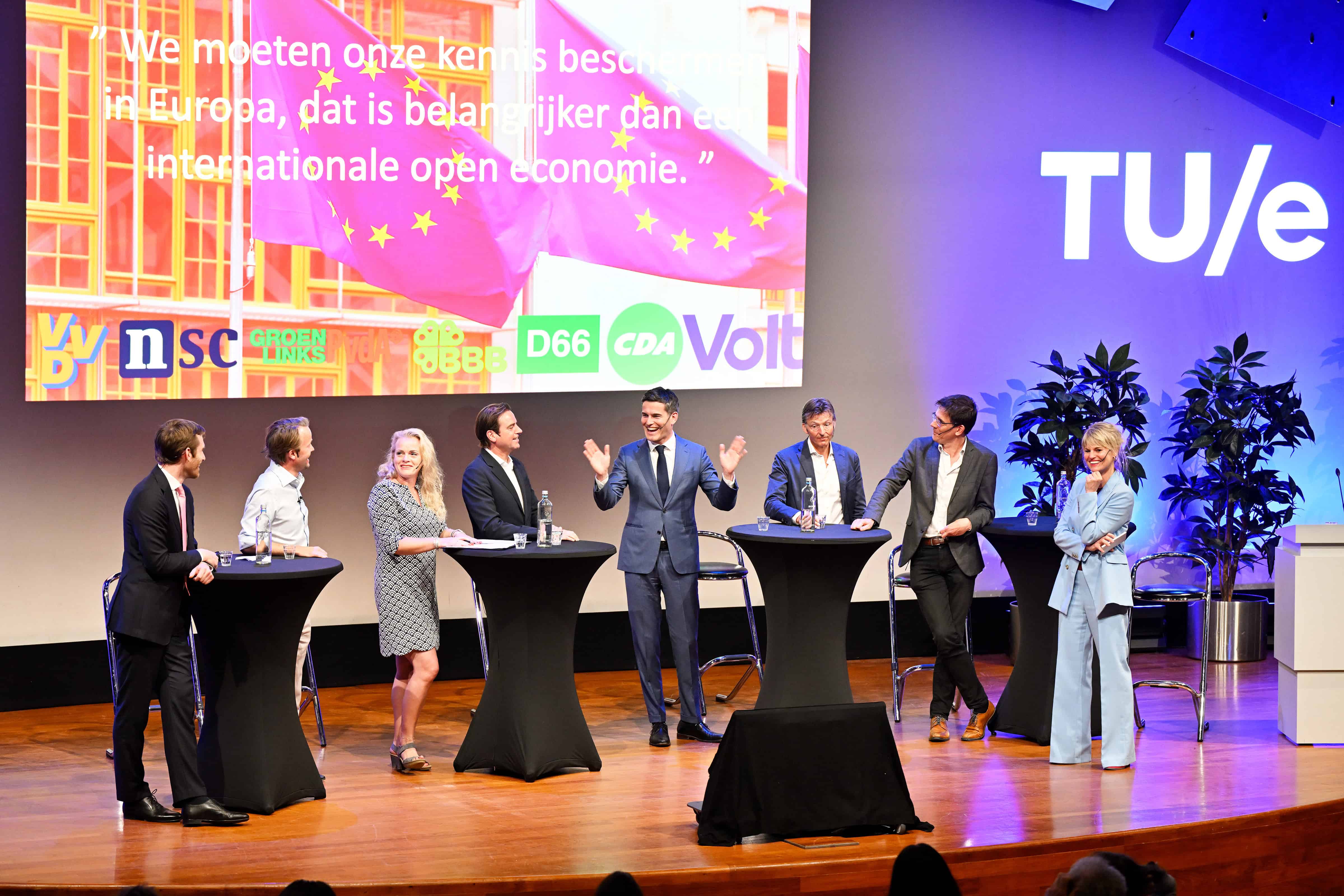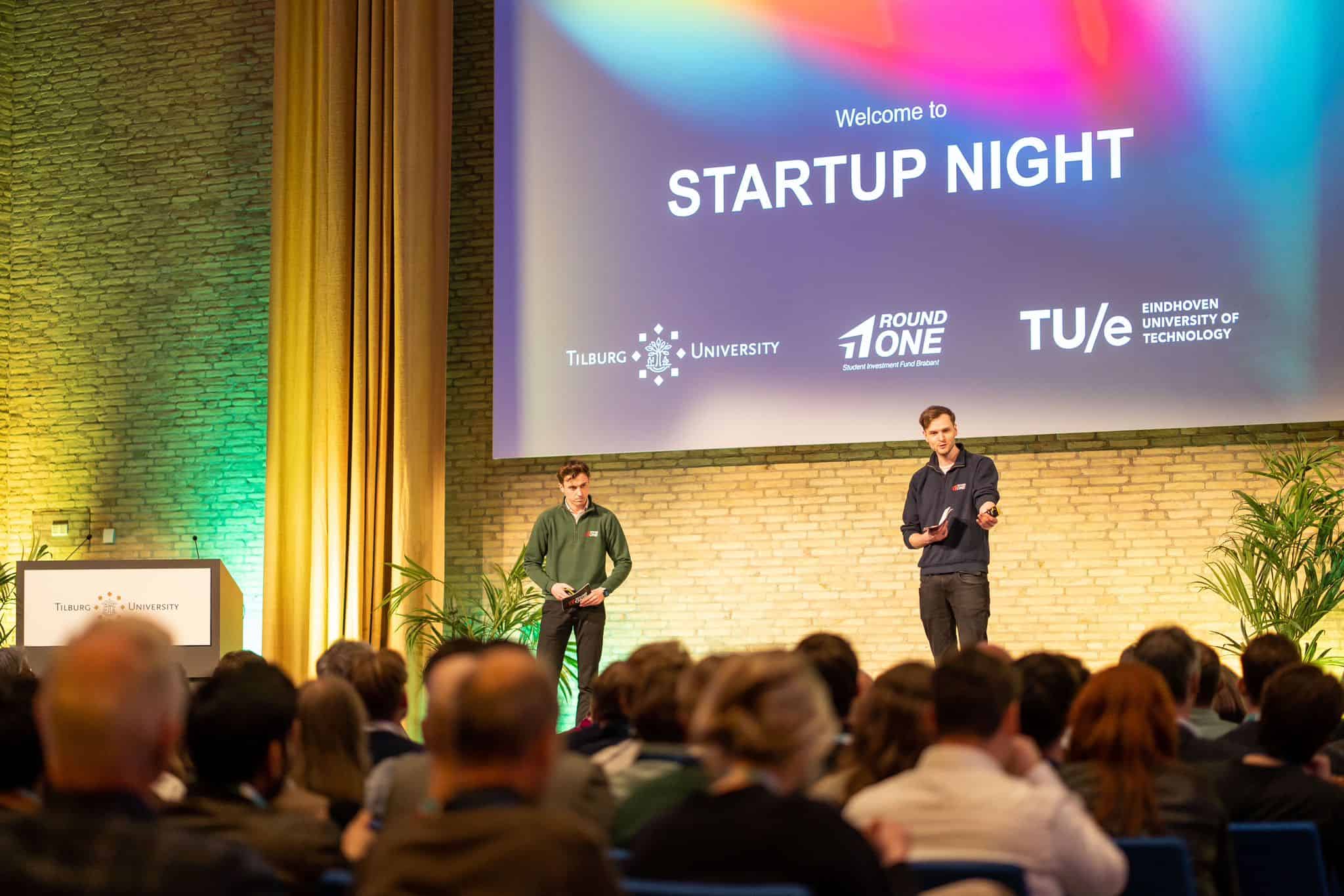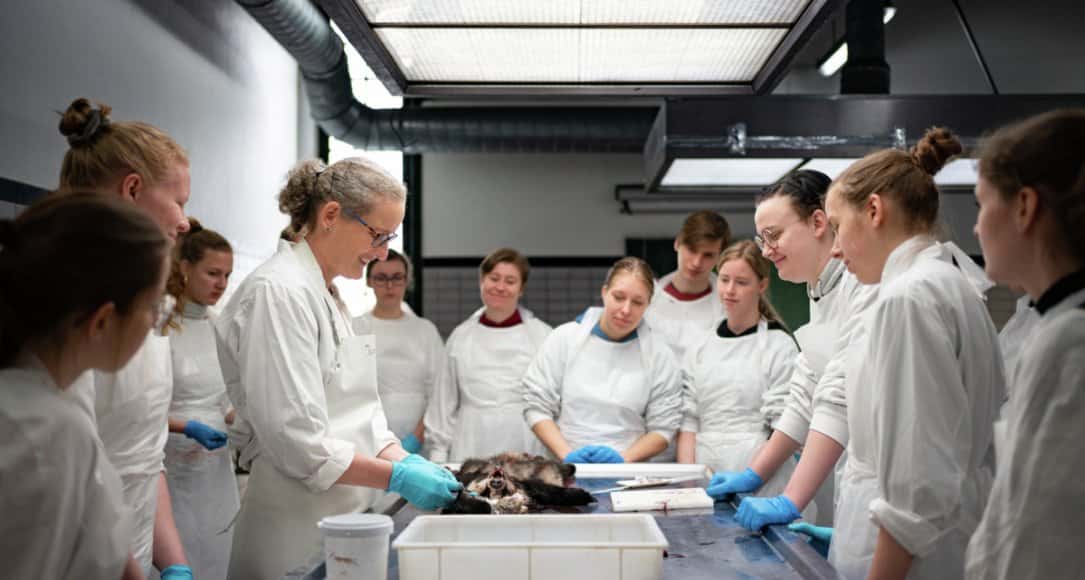
As climate talks go on in Paris, Beijing issues its highest smog pollution alert for 2015. In Shanghai, campus resident NXP, together with Solar Team Eindhoven, TU/e and Tongji University are collaborating. They’re demonstrating how secure connected car technology can make a big difference to both congestion and pollution levels across China.
Fresh from the success of winning the Cruiser class in Australia’s World Solar Challenge, Tom Selten, Team Manager for TU/e’s Solar Team Eindhoven, explains how they’re capitalising on the success.
“We’ve used the opportunity of the race in Australia to showcase the Stella solar cars in other countries on the journey home. In 2013 we caused a lot of interest in Singapore. Two years later, one of our main partners NXP suggested we showcase Stella Lux in China.”

“This is a next step following the establishment of a NXP-Tongji University Joint Lab last year. They have announced a goal to build up to 20,000 smart, connected vehicles by 2019 under the Shanghai Intelligent and Connected Vehicle Demonstration Program. Tongji University is leading the Vehicle Communication and Network Group for this program. NXP is acting as a key partner providing what’s called secure V2X communications solutions. (vehicle-to-vehicle, vehicle-to-people, vehicle-to-infrastructure)”
NXP’s V2X Technology is key to China’s smart road system
Secure V2X communications will be critical to enable widespread adoption of fully autonomous driving. Even before the car can drive itself, we’ll see more and more features added to car and trucks to help improve road safety, traffic flow and cut emissions. Smart sensors can give drivers advanced warning of upcoming hazards such as dangerous road conditions, unexpected traffic jams, approaching emergency vehicles or road works.
 A study by the U.S. Department of Transportation found that secure V2X safety functions can reduce multi-vehicle accident figures by more than 80%. V2X-capable vehicles will also be capable of receiving information from intelligent road signs and automatically recognizing the status of traffic lights. NXP already offers a V2X chipset including software and a secure element to protect the car against attacks or data fraud and manipulation. NXP technologies will be incorporated into General Motors models next year as part of Delphi’s V2X platform.
A study by the U.S. Department of Transportation found that secure V2X safety functions can reduce multi-vehicle accident figures by more than 80%. V2X-capable vehicles will also be capable of receiving information from intelligent road signs and automatically recognizing the status of traffic lights. NXP already offers a V2X chipset including software and a secure element to protect the car against attacks or data fraud and manipulation. NXP technologies will be incorporated into General Motors models next year as part of Delphi’s V2X platform.
Tom Selten continues. “Right now we are showing Stella Lux at an exhibition with over 100,000 visitors. With a population of 24+ million, Shanghai is one of the world’s largest financial centres. Such a megacity also suffers from growing traffic congestion and resulting air pollution. Every visitor to the stand appears to be thrilled by Stella and we’ve already received several serious offers to start production here in China. But it is too early to think about manufacturing just yet. Our next step is to return safely to the Netherlands and start-up a new student team who will take development further. But we’re all convinced about the potential and ability to scale up our prototype car. The Stella concept is proven breakthrough innovation and its future will mean more intense collaboration. Expect an announcement on this next February.”
What have you shared with your Chinese colleagues?
“We are sharing our experiences both from the R&D phase in Eindhoven and the World Solar Challenge race across Australia. Chinese citizens aren’t used to a student team building such a high-tech product to a world-standard. Building such a lightweight four-seater was not something that has occurred to them. Perhaps that explains the huge (media) attention we’ve been getting. We’re also a practical example of Eindhoven’s success with the triple-helix collaboration process”.
What kind of knowledge do the Chinese have that complements your team back home?
“China is a fascinating country. They really know how to scale-up an enterprise. We observe a consumption economy which is willing to take enormous risks. So, we could imagine that the next generation prototype is designed and built in Eindhoven, and mass-produced locally in China for the world market.”
“My personal highlight is the fact that the Chinese are just as enthusiastic about Stella Lux as we are. It’s been a great motivator to pursue this field further in my career.”
What needs to change so that the Eindhoven area can be the premier testing ground for automotive in Western Europe?
 “We need to find ways and funds to support more disruptive ideas. To become a premier testing ground working to global standards, you need to fully believe in the people around you. We should realise the approach TU/e has taken with entrepreneurial student teams puts us ahead of many cities many times larger than Eindhoven. We require support from national and local government to make sure that legislation keeps pace with innovation. I personally hope the TU/e will position itself as a centre of global expertise. More people in the world need to know that teams in Eindhoven are working on the big global challenges – not only in automotive. We should build on wave of good will generated by our success in Australia and the connections we’re making this week in Shanghai.”
“We need to find ways and funds to support more disruptive ideas. To become a premier testing ground working to global standards, you need to fully believe in the people around you. We should realise the approach TU/e has taken with entrepreneurial student teams puts us ahead of many cities many times larger than Eindhoven. We require support from national and local government to make sure that legislation keeps pace with innovation. I personally hope the TU/e will position itself as a centre of global expertise. More people in the world need to know that teams in Eindhoven are working on the big global challenges – not only in automotive. We should build on wave of good will generated by our success in Australia and the connections we’re making this week in Shanghai.”








